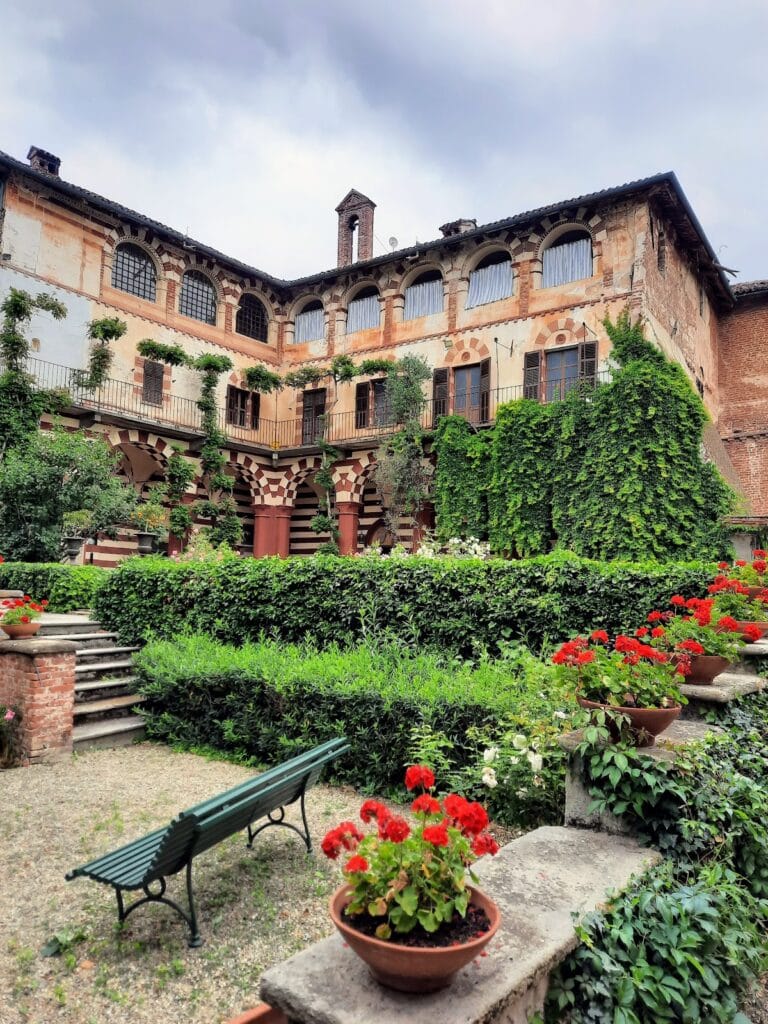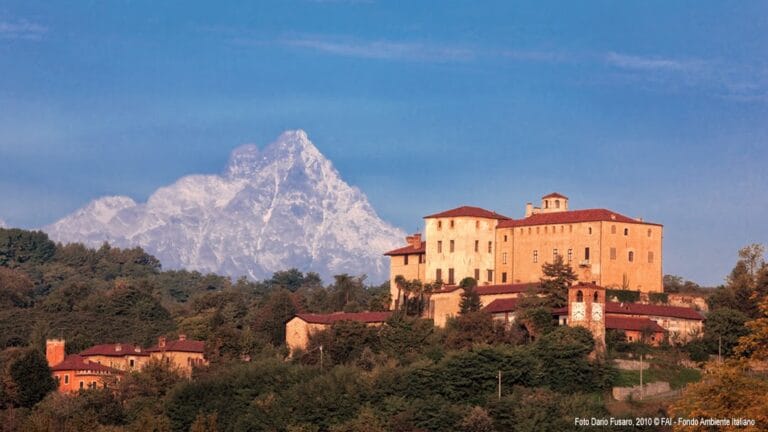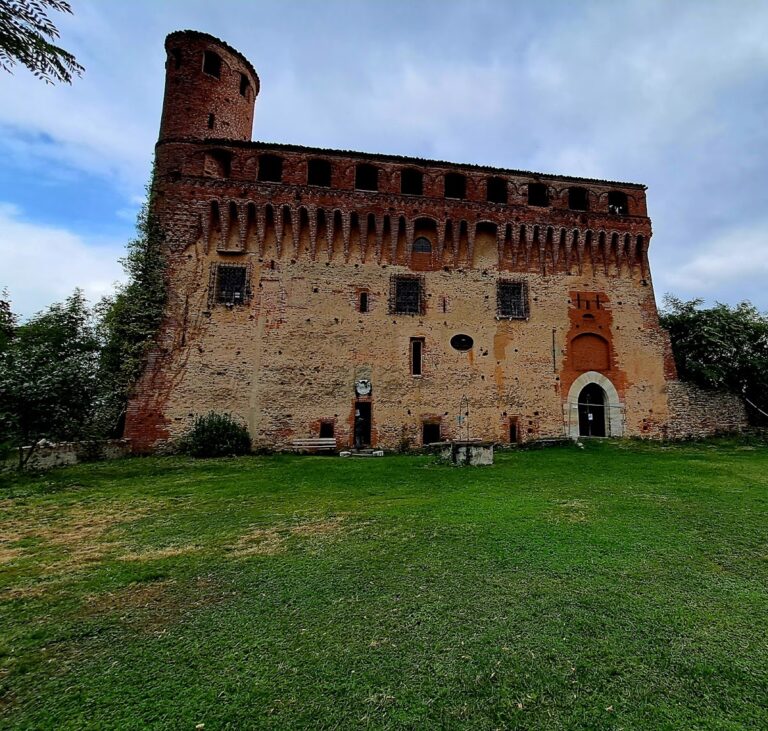Castello di Marchierù: A Historic Castle in Villafranca Piemonte, Italy
Visitor Information
Google Rating: 4.4
Popularity: Low
Google Maps: View on Google Maps
Official Website: www.castellodimarchieru.it
Country: Italy
Civilization: Medieval European
Remains: Military
History
The Castello di Marchierù is situated in Villafranca Piemonte, Italy. Its origins trace back to at least the early 13th century, with its first documented mention dating to 1220 through a record involving a donation made to the Abbey of Santa Maria di Cavour. This early establishment ties the castle to the medieval period and the feudal structures of that time.
Originally, the castle belonged to the lords of Barge, a noble family exercising regional control. In 1251, ownership transferred to Tommaso II of Savoy, a significant figure within the House of Savoy, a dynasty instrumental in shaping the political landscape of northwestern Italy. The castle then descended to Tommaso II’s heirs, notably entering the hands of the Savoia-Acaia branch. Among them were Filippo and his natural daughter Francesca, who further linked the estate to other noble lineages through her marriage to Antonio Bocchiardi.
By the late 15th century, the castle underwent several ownership changes. The Petitti family held the property until 1482, after which it was reclaimed by the House of Savoy in 1483. At this time, the castle’s possession was divided between Filiberto Acaia-Racconigi and his sister Claudia, the latter being wedded to Besso Ferrero, Marquis of Masserano. This division reflects the common practice of territorial partition within aristocratic families.
In the mid-17th century, through the marriage of Ottavia Solari of Moretta, wife of Filiberto d’Acaia-Racconigi, the castle passed to the Counts Solaro of Macello. This marriage created the Solari-Savoia line, marking another phase in the castle’s lineage. Around 1750, the property attained the status of a Commenda, a type of endowed estate linked to the Sovereign Military Order of Malta, combining religious and military associations. At this stage, ownership was shared among the Solaro, Cacherano di Osasco, and Filippi di Baldissero families. Eventually, in 1827, Vittorio Ignazio Filippi di Baldissero fully redeemed the estate, consolidating ownership.
Significant development of the property occurred under Carlo Alberto Filippi di Baldissero, who was connected to the royal House of Savoy as a relative and page to Carlo Alberto of Savoy. Alongside his son Enrico, he introduced advanced agricultural and irrigation practices, indicating a period of modernization reflecting broader 19th-century advancements in estate management.
The Castello di Marchierù remained within the Filippi family before passing to Camilla Filippi, who married Count Vittorio Prunas Tola. Their son Severino and the current owner, Countess Paola Prunas Tola Mariconda, continue the lineage attached to this historic estate. An event of note in the castle’s more recent history occurred in 1991 when it served as the meeting place for the national council of the Association of Former Students of the Nunziatella Military School. This gathering was significant as the first held outside the school itself, taking place in the same hall where the “Cavour treaty” had been signed, connecting the location to a moment of historical importance.
Remains
The available information does not provide detailed descriptions of the architectural layout or construction features of the Castello di Marchierù. It is identified as a historic residence located in the Soave district of Villafranca Piemonte, but specifics such as dimensions, building materials, decorative elements, or inscriptions have not been recorded.
Among the castle’s interior spaces, a hall of historical significance is noted where the “Cavour treaty” was signed. This room serves as evidence of important events taking place within the structure, highlighting its role beyond mere residence to that of a diplomatic or administrative venue.
No archaeological findings such as tools, pottery, altars, or other artifacts associated with the site are documented, and there is no record of modification phases or restoration efforts. As such, the current condition and extent of surviving structures remain unspecified in the sources available. The castle’s features thus remain primarily known through historical records rather than through detailed archaeological description.







